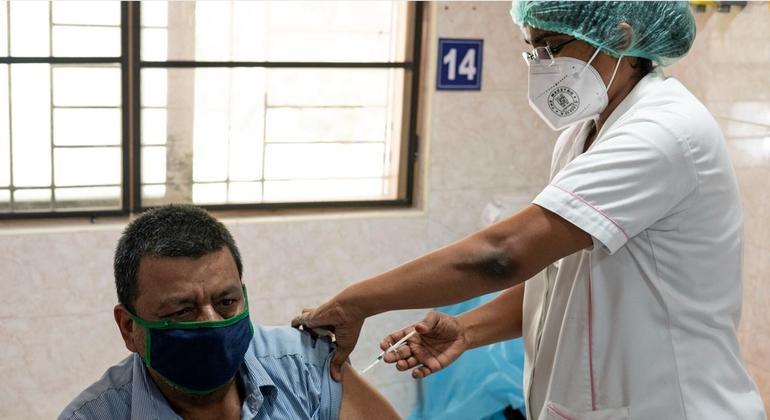“Behind each data point there is a person: a child who did not reach his fifth birthday, a mother lost in childbirth, a life cut by preventable disease“Said Chief Tedros Adhanom Ghebreyesus, as the latest statistics report of the organization revealed the deepest health impacts of the pandemic.
Warning that general progress is under threat today, who on Thursday asked governments “to act, urgently, commitment and responsibility with the people they serve.” Tedros regretted the “avoidable tragedies” behind statistics.
Chronic diseases
The 2025 report shows It is estimated that 1,400 million more people lived healthier lives at the end of 2024overcoming who is a target of one billion. This was driven by reduced tobacco use, a better general air quality and access to water, hygiene and sanitation, said who.
But the underestimation in the primary health care, the shortage of qualified health workers and the gaps in the service such as immunization and safe birth are now retaining countries.
Driven by population growth and aging, premature deaths from non -communicable diseases, such as cancer and diabetes, are increasing. Throughout the world, such diseases now explain the main causes of deaths between people under 70 years.
Besides, “Air pollution continues to damage the health of the population worldwide“Said who is Haidong Wang.
Maternal deaths
The rate of maternal deaths fell by more than 40 percent and deaths of children under five years were reduced in the middle between 2000 and 2023.
However, progress has been stagnating or reversing in many countries, and maternal and children’s deaths are not falling “fast enough”, which puts millions of lives at risk.
Millions more lives on the line
Essential health service coverage and emergency protection have been delayed, according to data from the UN Health Agency.
No urgent correction of the course, Who estimates that the world runs the risk of losing the opportunity to prevent 700,000 additional maternal deaths and eight million deaths of children under five years old ”, between 2024 and 2030.




